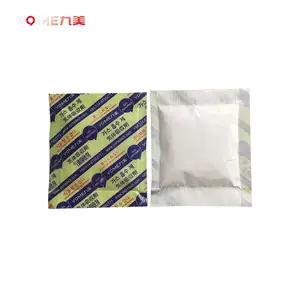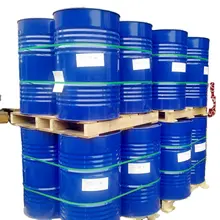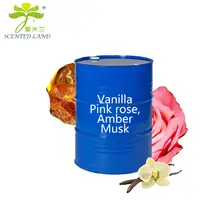Understanding Activated Carbon
Activated carbon plays a pivotal role in various industrial applications, particularly in the manufacturing sectors that deal with textile products. This form of carbon is processed to have small, low-volume pores that increase the surface area available for adsorption or chemical reactions. Due to its porous nature, it is widely utilized in purifying, decolorizing, and deodorizing textiles, making it a sought-after commodity among buyers of activated carbon.
Types and Applications
There are multiple forms of activated carbon, each serving specific purposes. Powdered activated carbon (PAC) and granular activated carbon (GAC) are the most common forms, with their utility spanning from water treatment to air purification. The versatility of activated carbon makes it indispensable in the production of high-quality fabric items, where it is applied in the final stages to enhance the material's properties.
Features and Material Specifications
The efficacy of activated carbon is defined by its features such as pore size, surface area, and adsorption capacity. These characteristics are crucial for activated carbon buyers who require specific material specifications for their manufacturing processes. The material's compatibility with various synthetic fabrics, including polyester and nylon, is also a significant consideration, ensuring a broad range of applications without compromising the fabric's integrity.
Advantages of Using Activated Carbon
Utilizing activated carbon in textile manufacturing offers numerous advantages. It enhances the tensile strength of yarns, adds softness, and contributes to the bulkiness of the final product. Moreover, its solubility in water simplifies the dilution process, making it a safer option for workers and the environment. For those in the textile industry, sourcing activated carbon buyers can lead to a more economical and safer alternative to traditional finishing agents.
Storage and Handling
Proper storage and handling are paramount when dealing with activated carbon. Suppliers typically ensure that the product is sealed adequately to prevent exposure to air, which could affect its quality. It is recommended that buyers of activated carbon store the material in a dry, cool environment to maintain its efficacy and extend its shelf life.
Supply and Sourcing
For businesses looking to maintain a steady production line, finding a reliable source of activated carbon is essential. Alibaba.com serves as a platform where activated carbon buyers can connect with suppliers who offer a variety of purity levels and pH balances to meet specific manufacturing needs. Bulk purchasing options are available, ensuring that factories and workshops remain well-stocked for continuous operation.










































 浙公网安备 33010002000092号
浙公网安备 33010002000092号 浙B2-20120091-4
浙B2-20120091-4